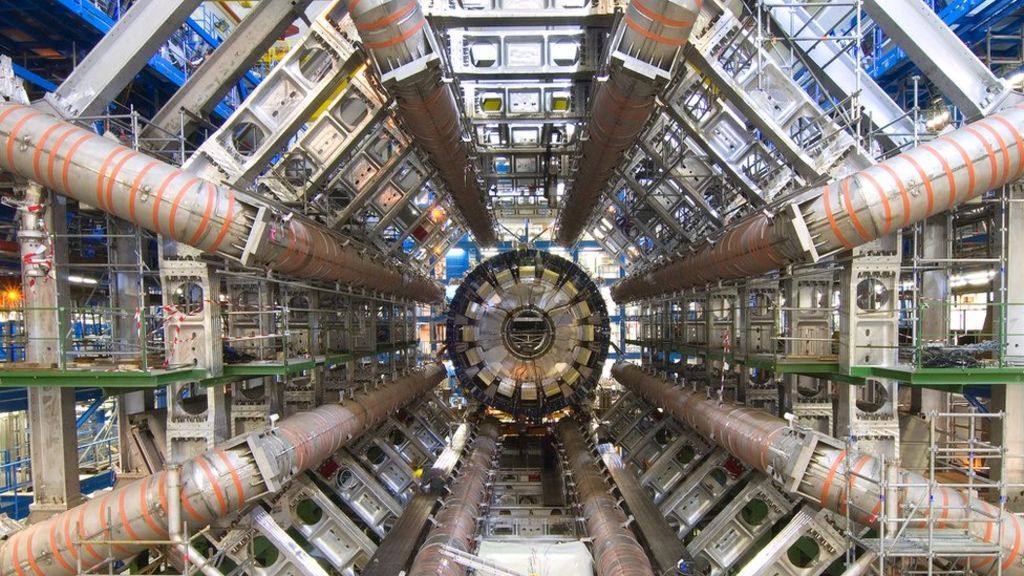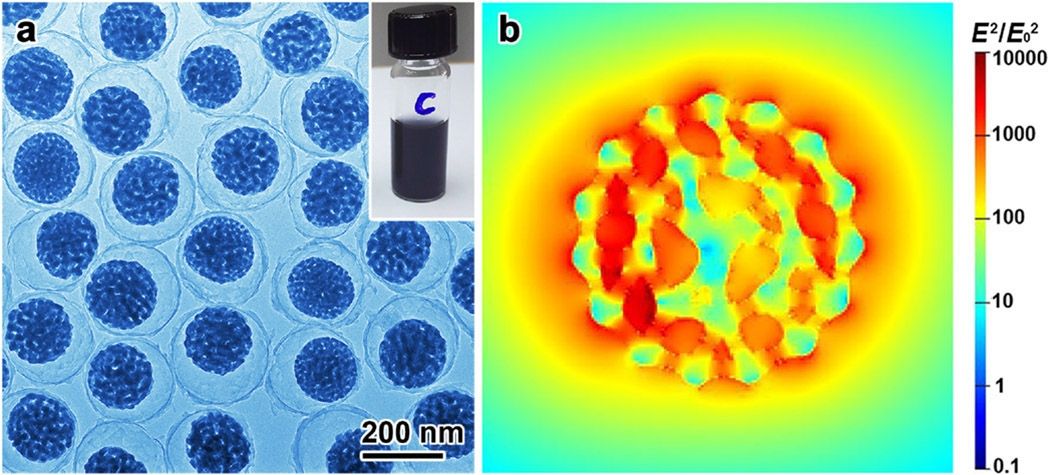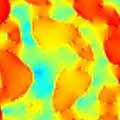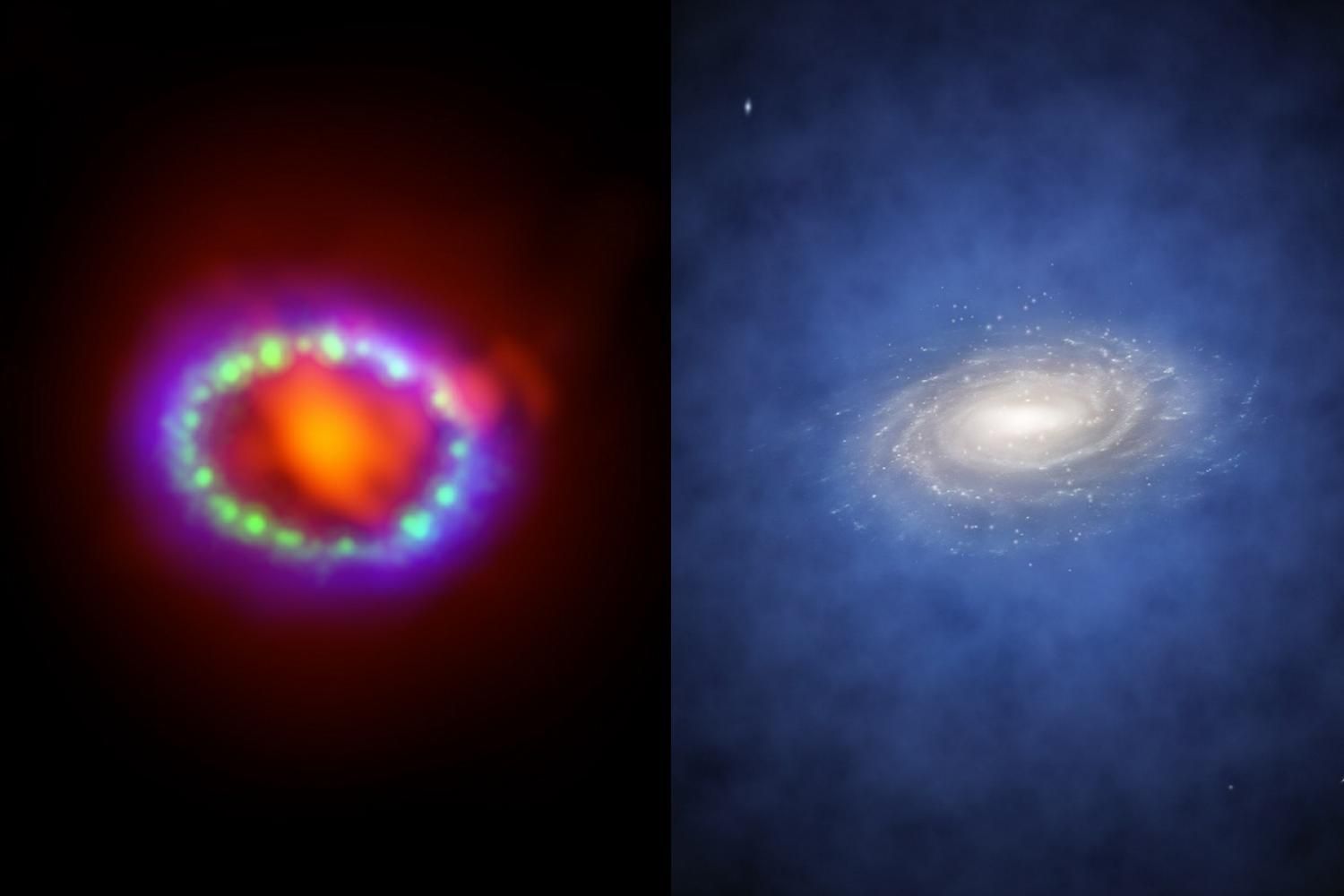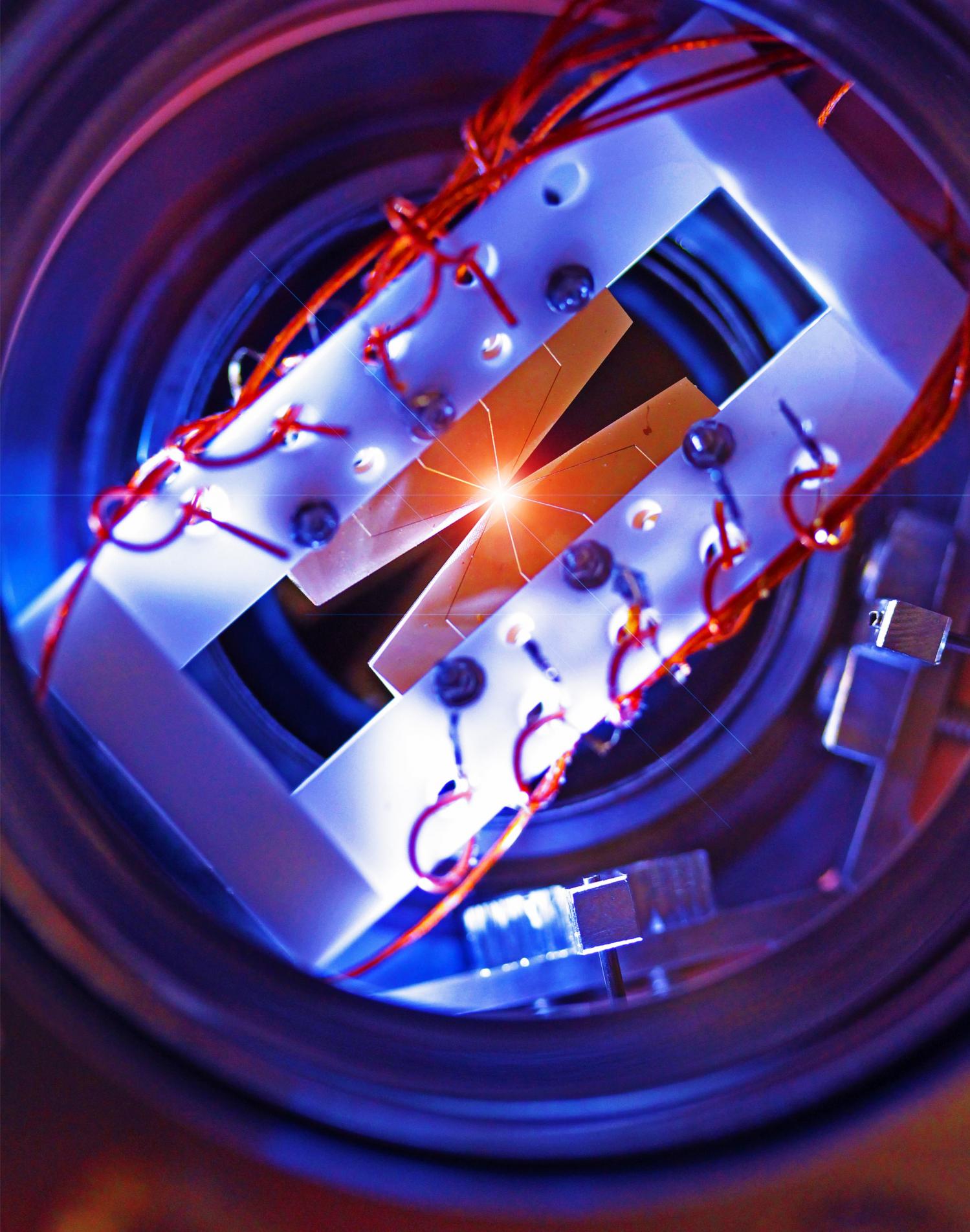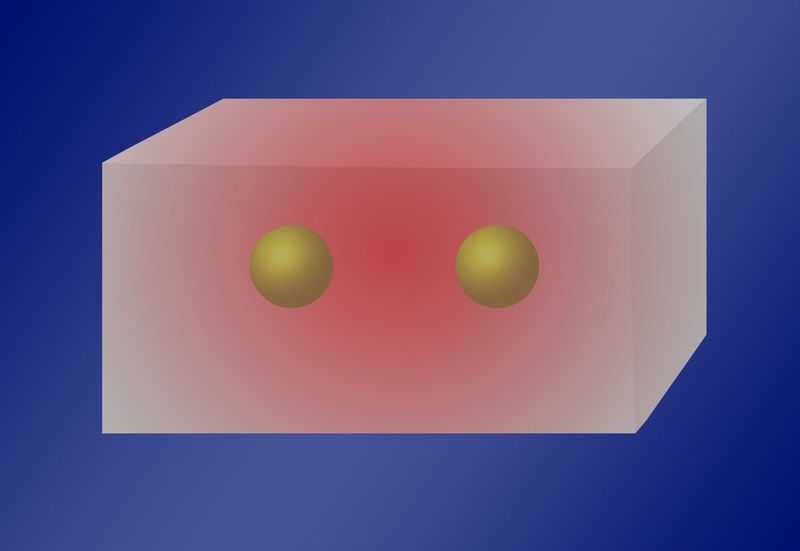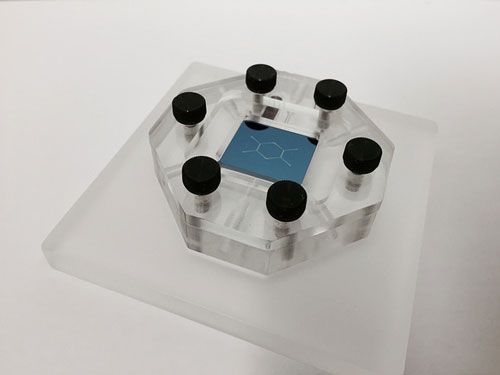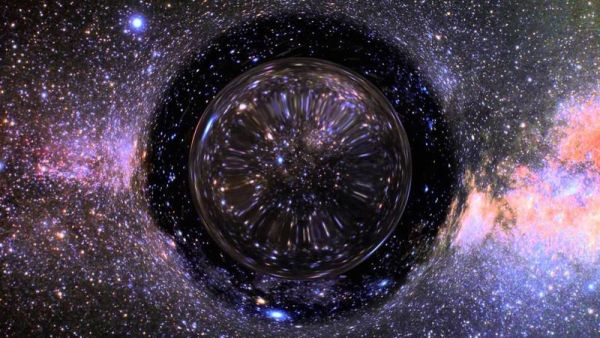
Abstract: Scientists have looked for different ways to force hydrogen into a metallic state for decades. A metallic state of hydrogen is a holy grail for materials science because it could be used for superconductors, materials that have no resistance to the flow of electrons, which increases electricity transfer efficiency many times over. For the first time researchers, led by Carnegie’s Viktor Struzhkin, have experimentally produced a new class of materials blending hydrogen with sodium that could alter the superconductivity landscape and could be used for hydrogen-fuel cell storage. The research is published in Nature Communications.
It had been predicted that certain hydrogen-rich compounds consisting of multiple atoms of hydrogen with so-called alkali metals like lithium, potassium or sodium, could provide a new chemical means to alter the compound’s electronic structure. This, in turn, may lead the way to metallic high-temperature superconductors.
“The challenge is temperature,” explained Struzhkin. “The only superconductors that have been produced can only exist at impractically cold temperatures. In recent years, there have been predictions of compounds with several atoms of hydrogen coupled with alkali metals that could exist at more practical temperatures. They are theorized to have unique properties useful to superconductivity.”
Continue reading “New material could advance superconductivity” »
